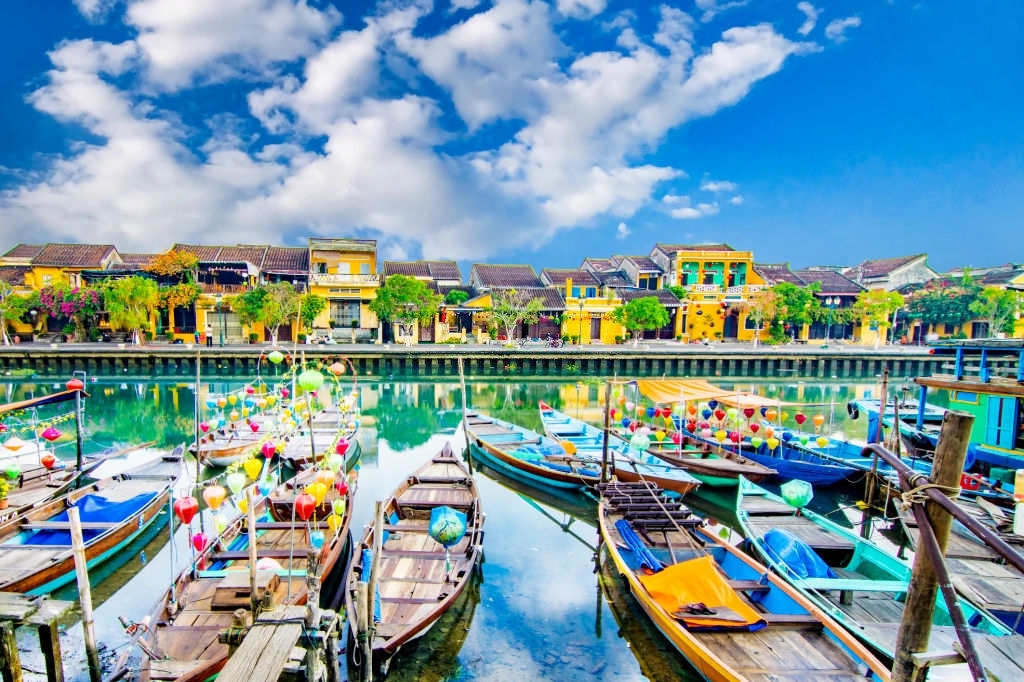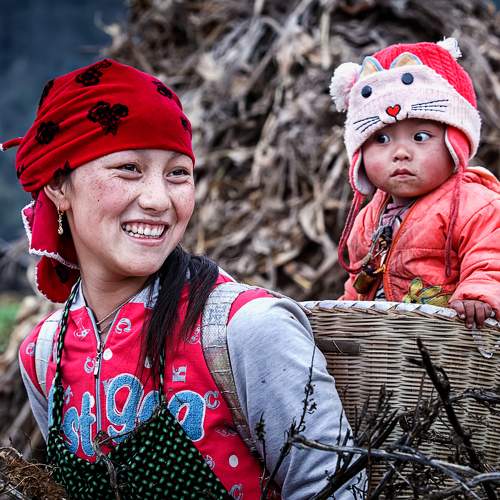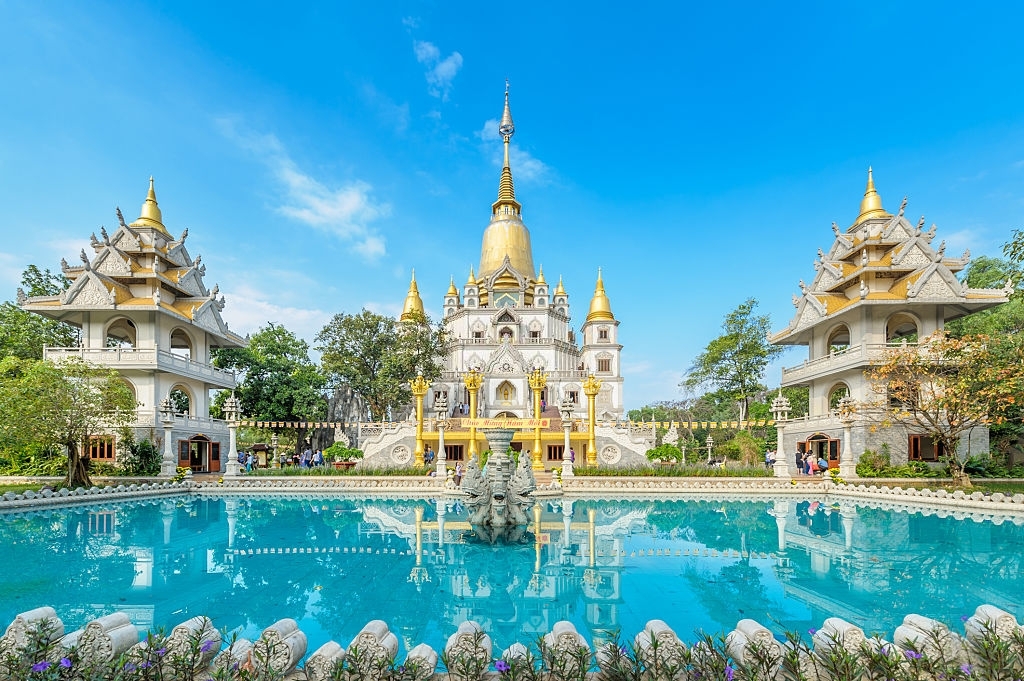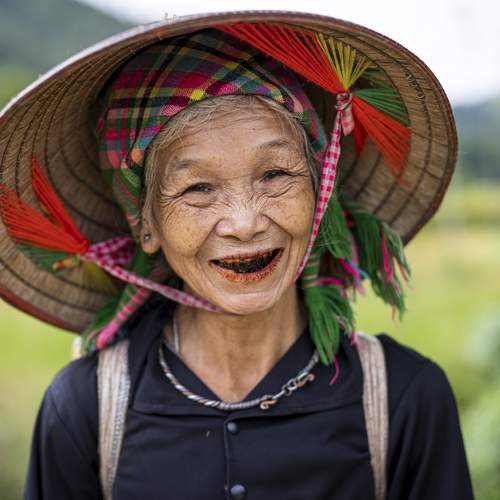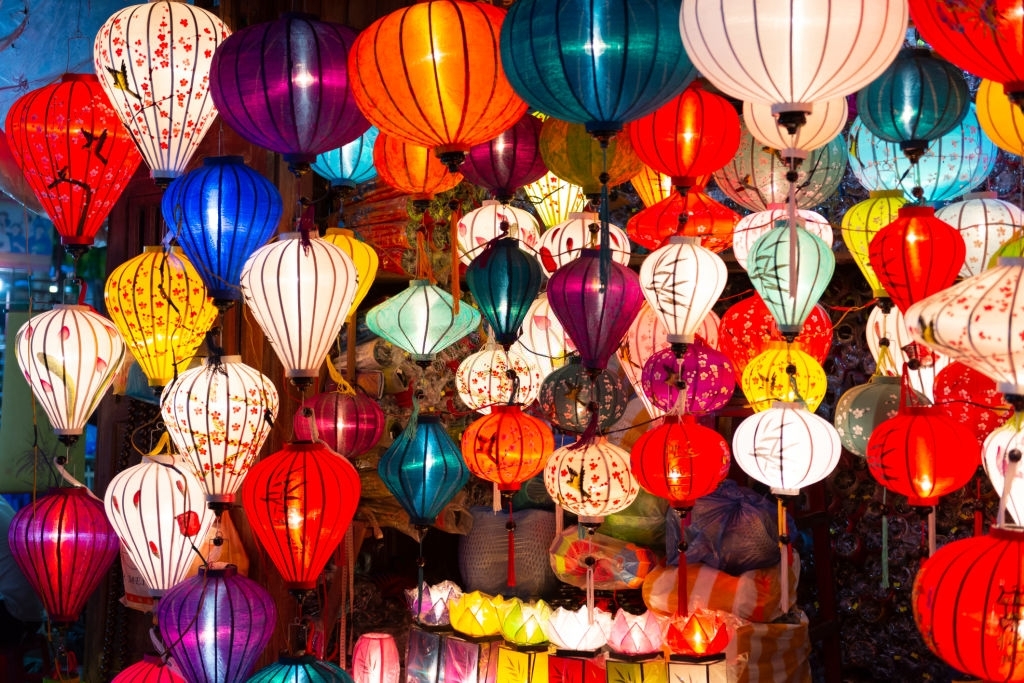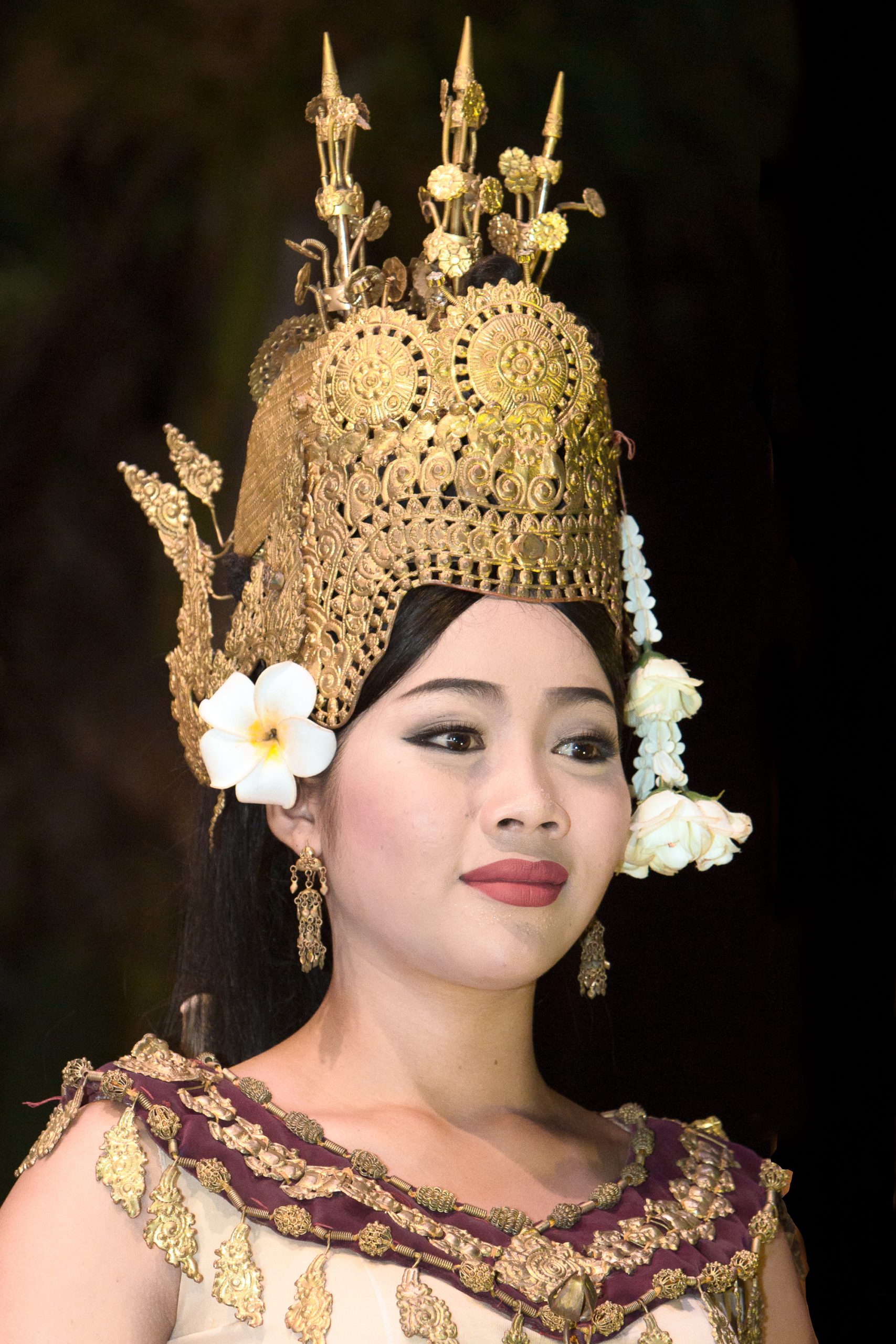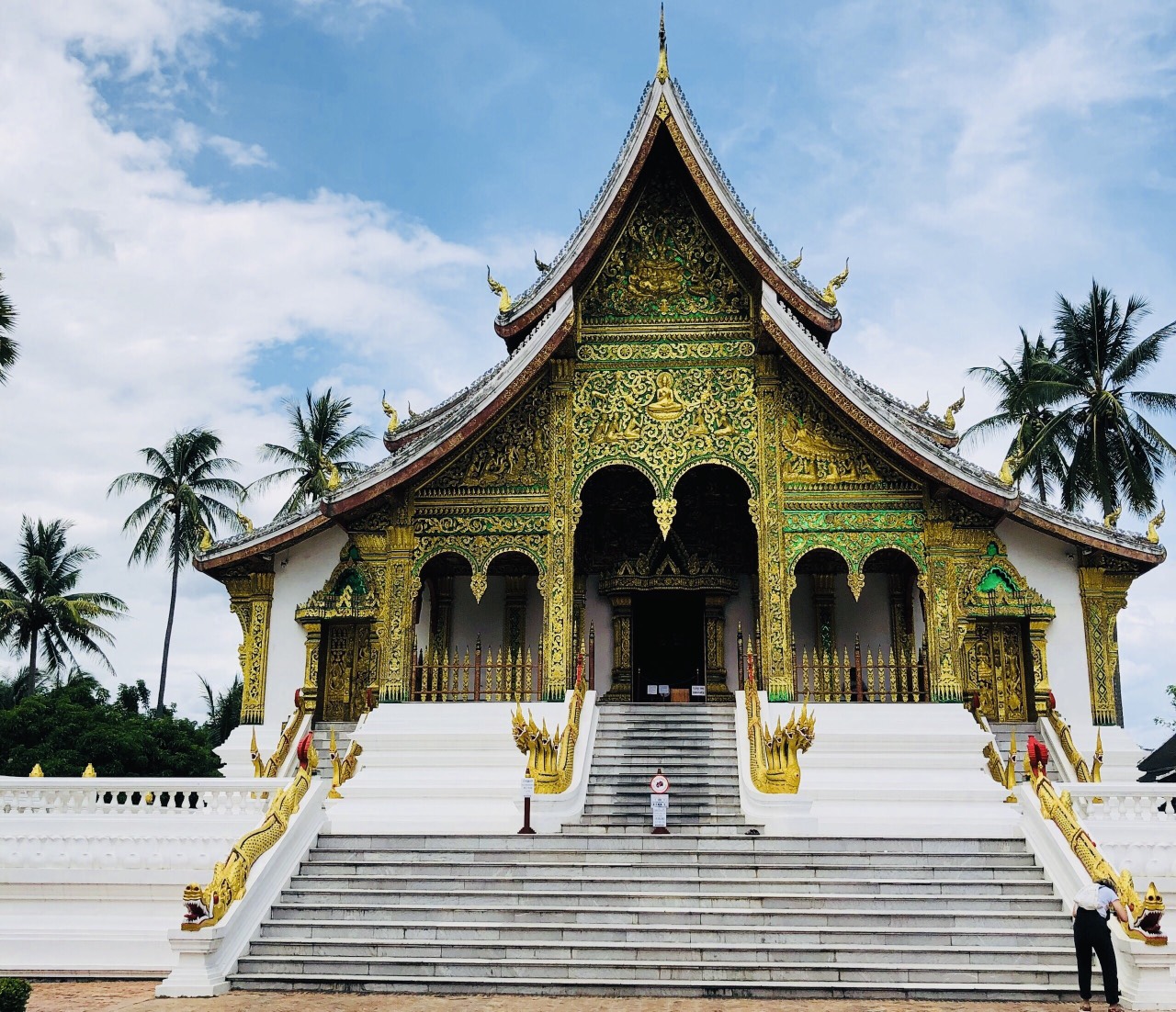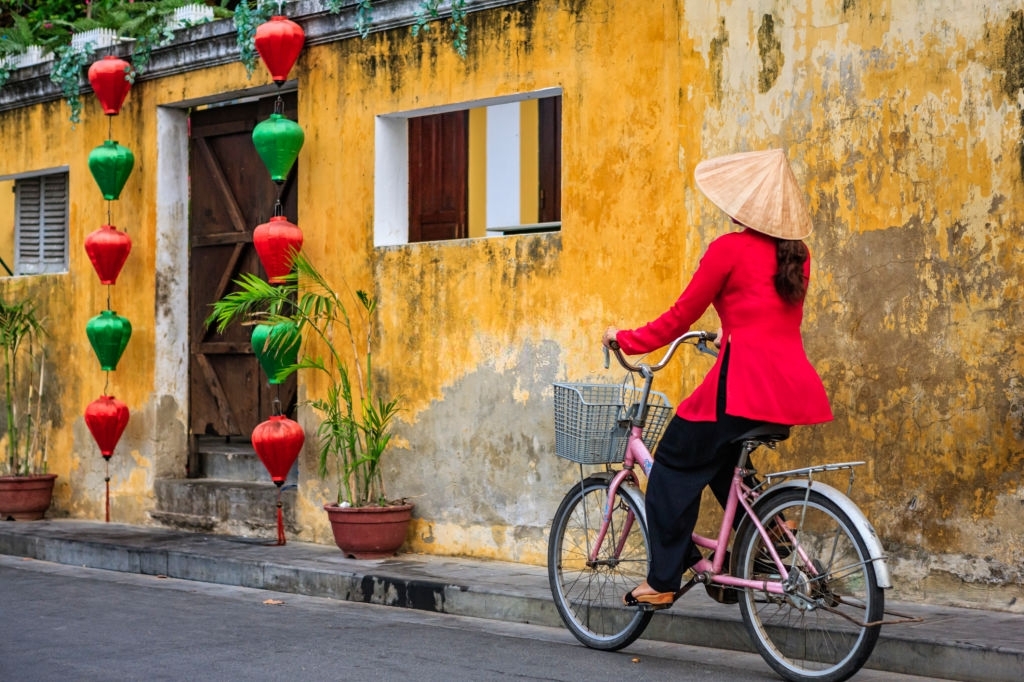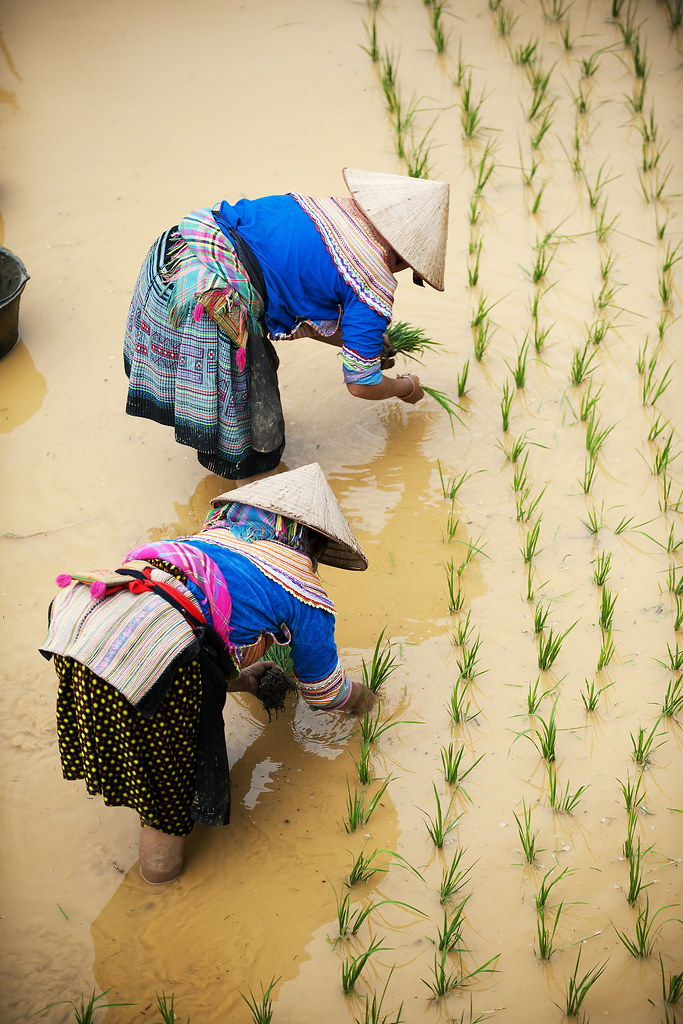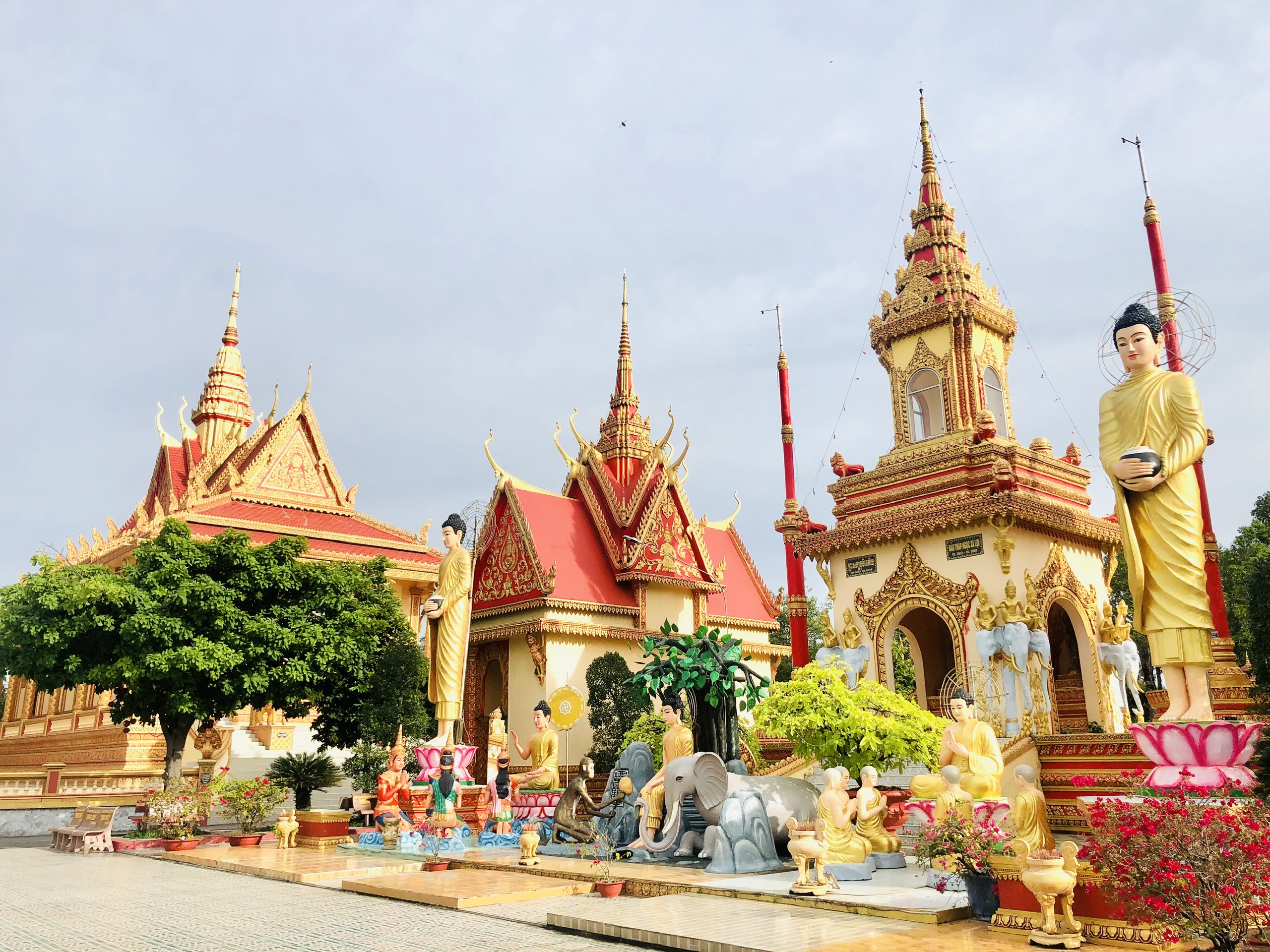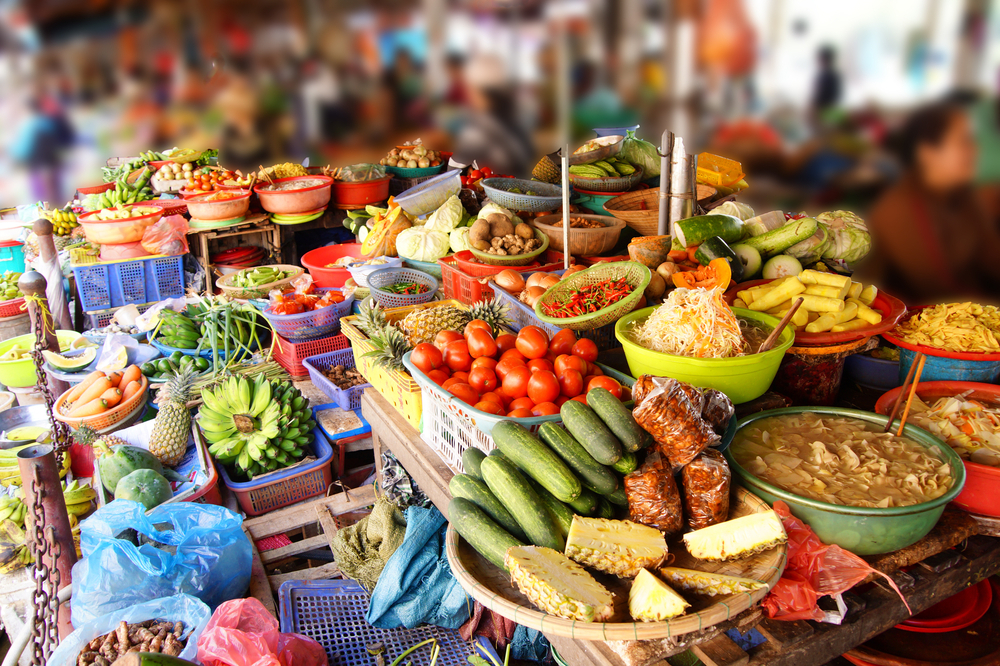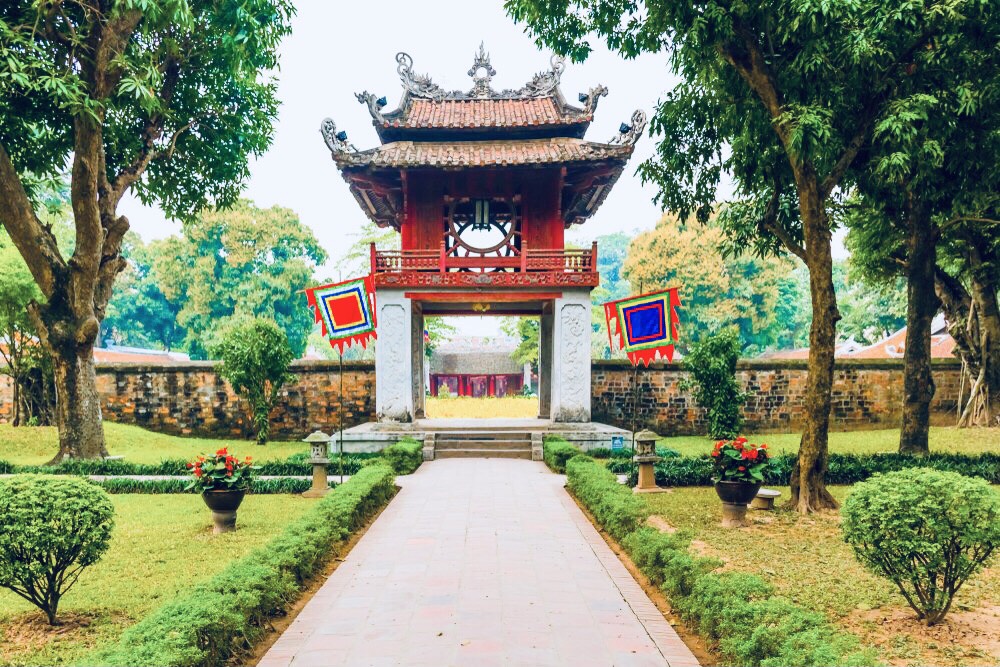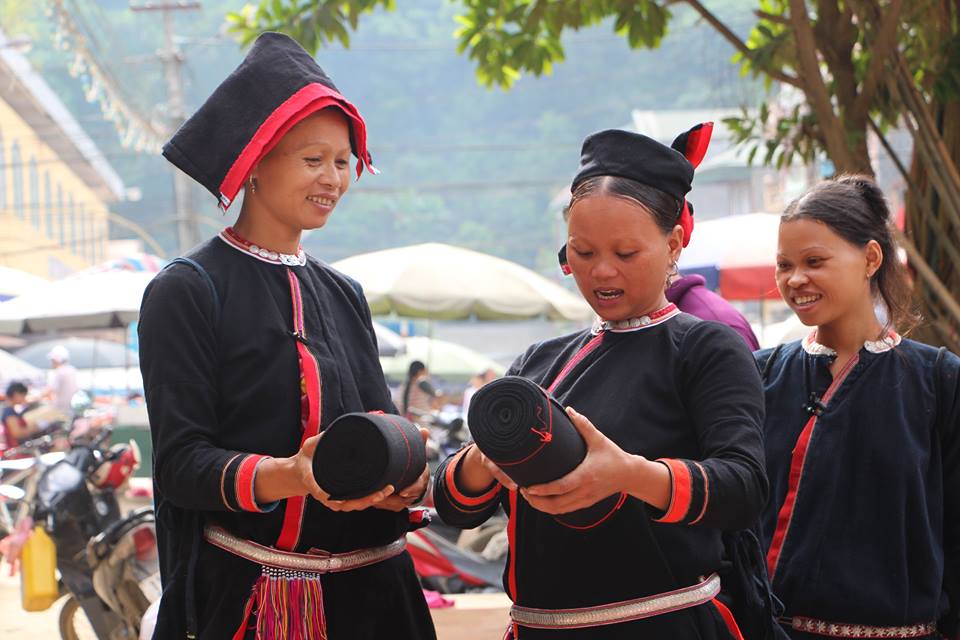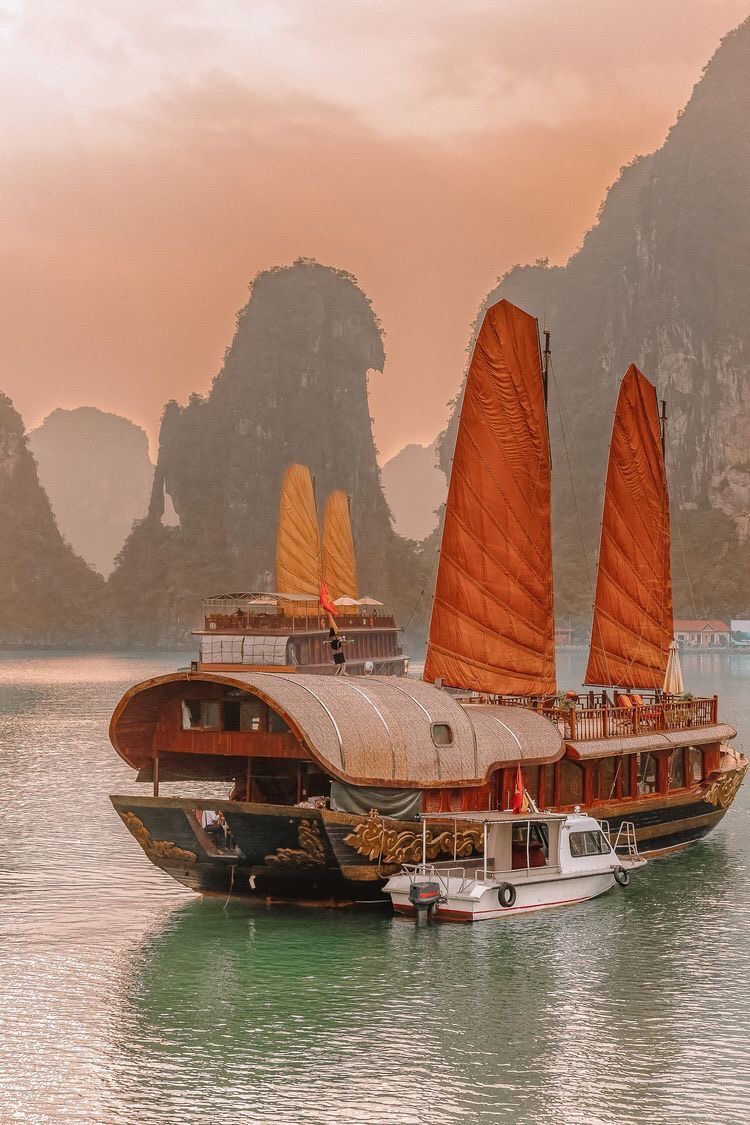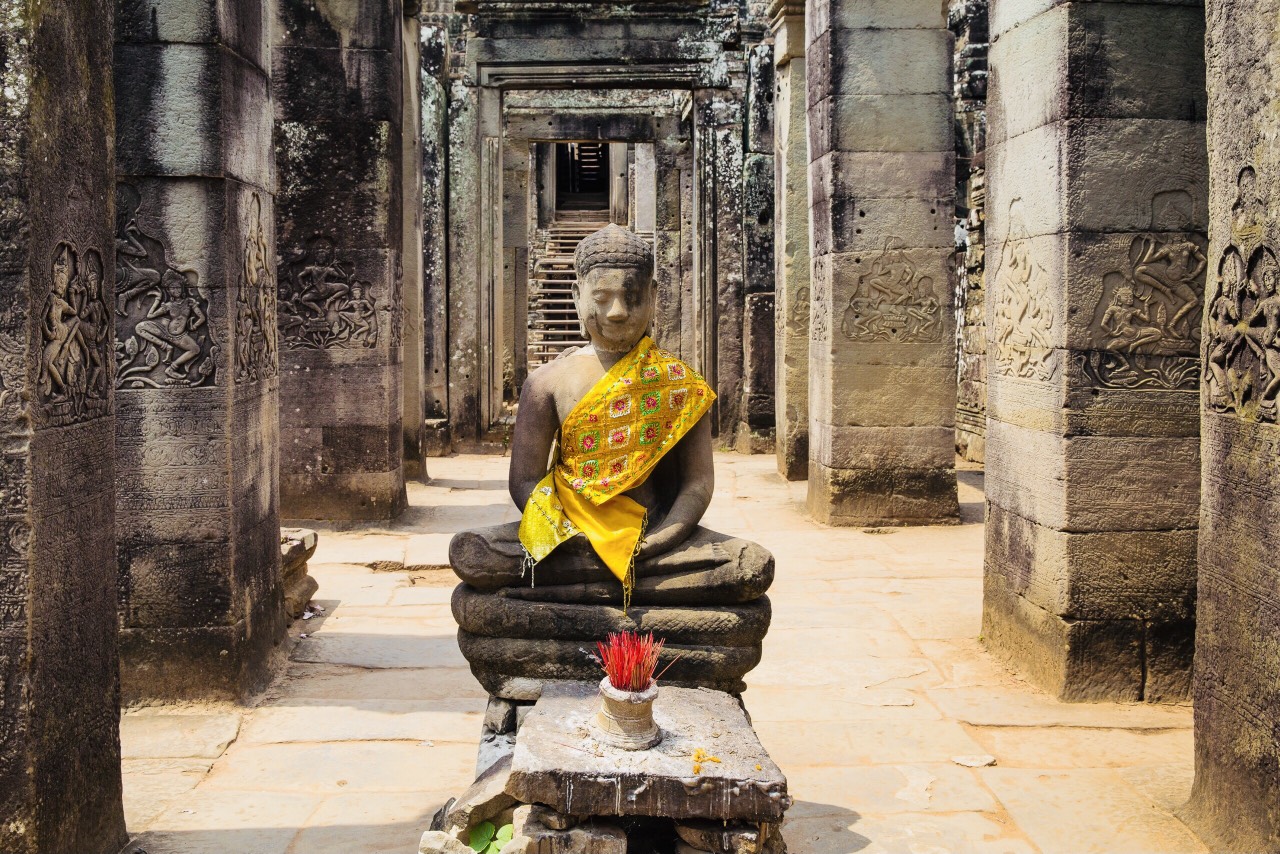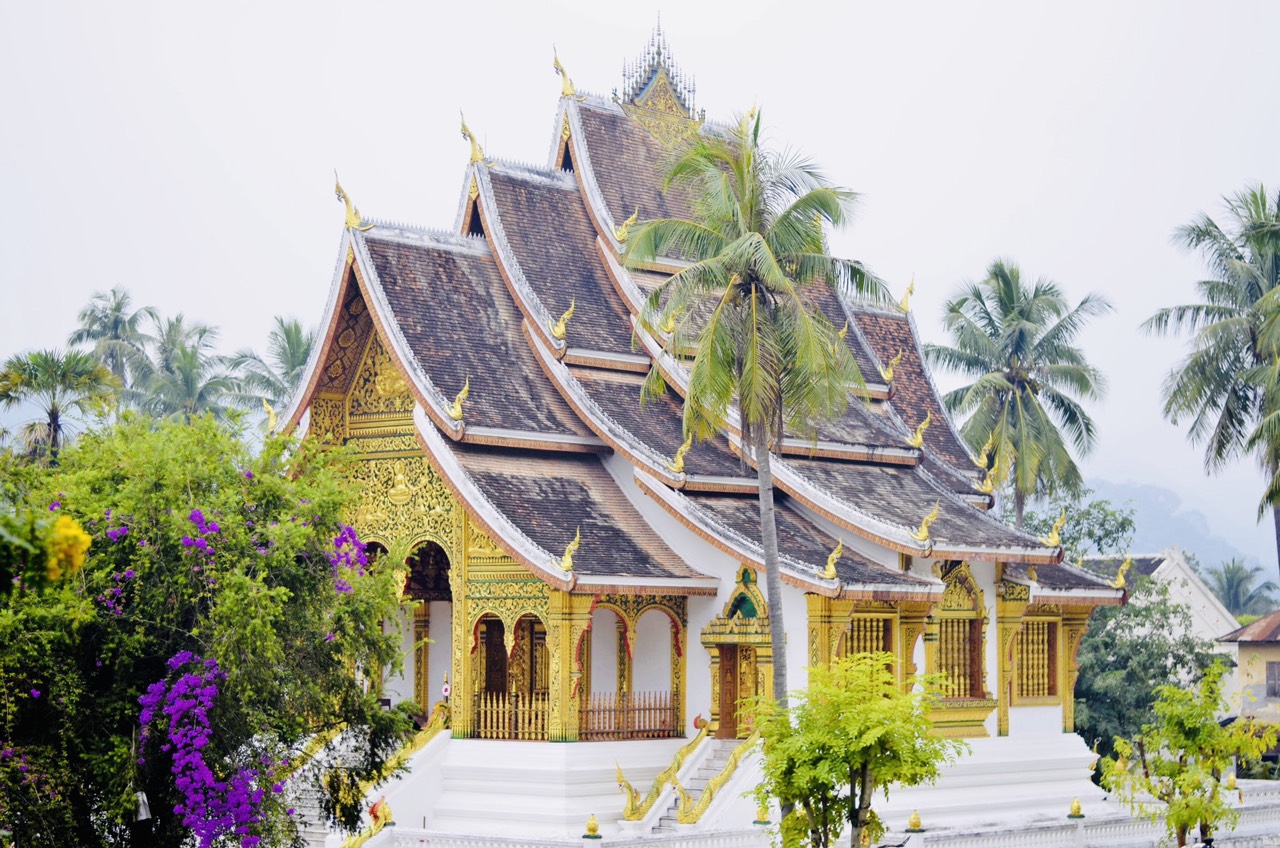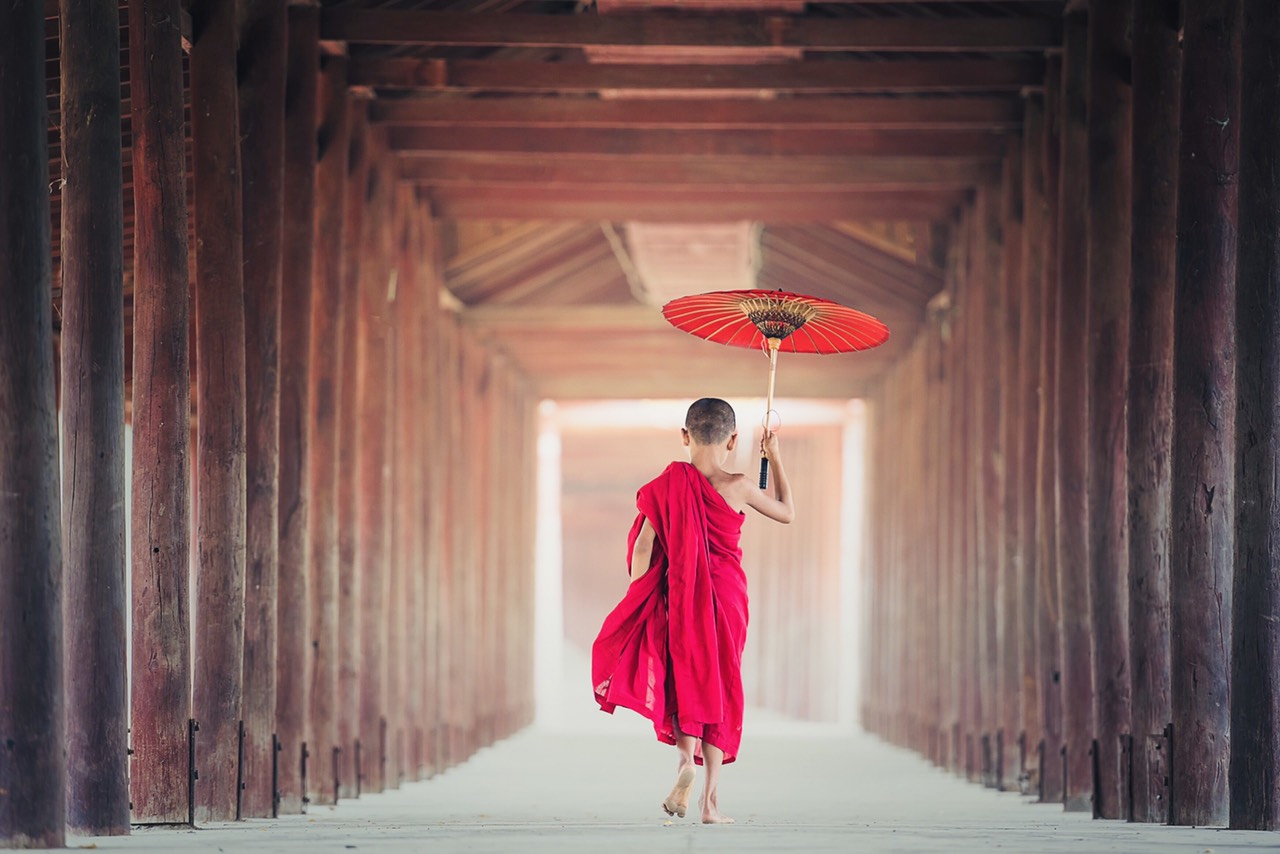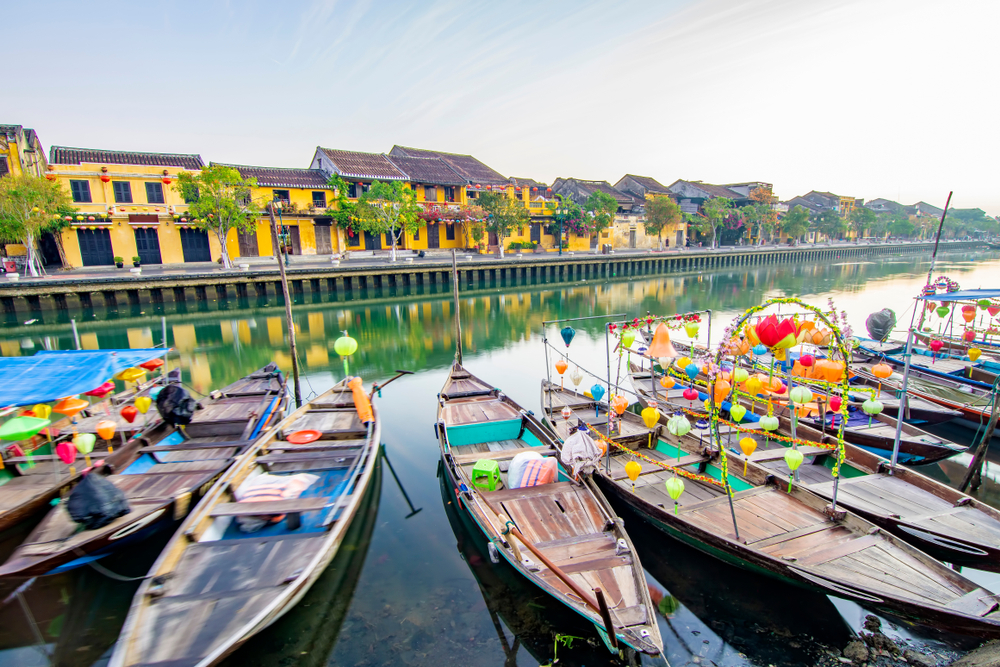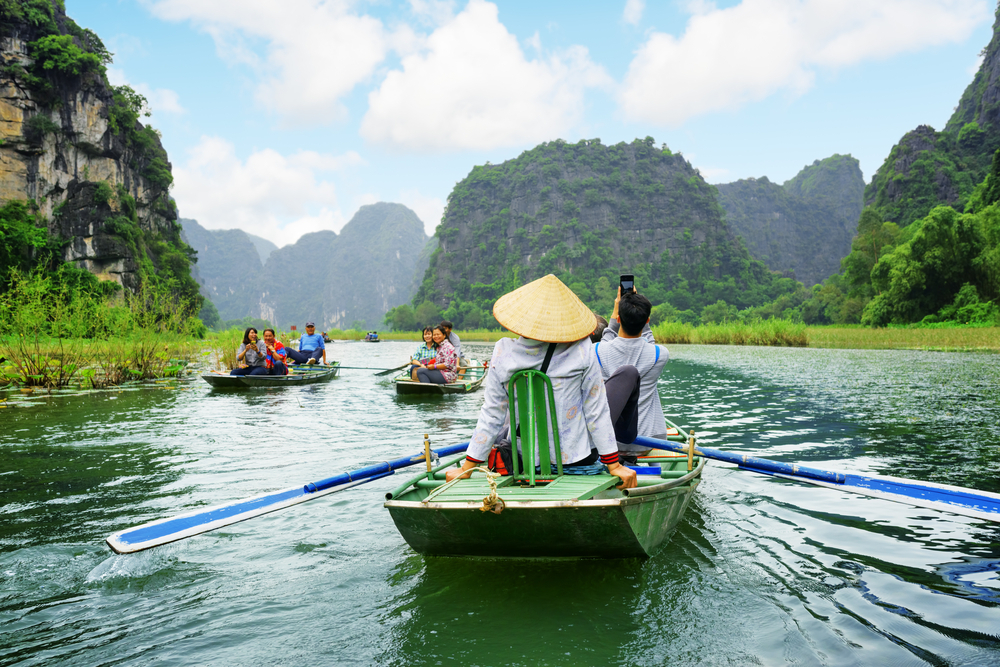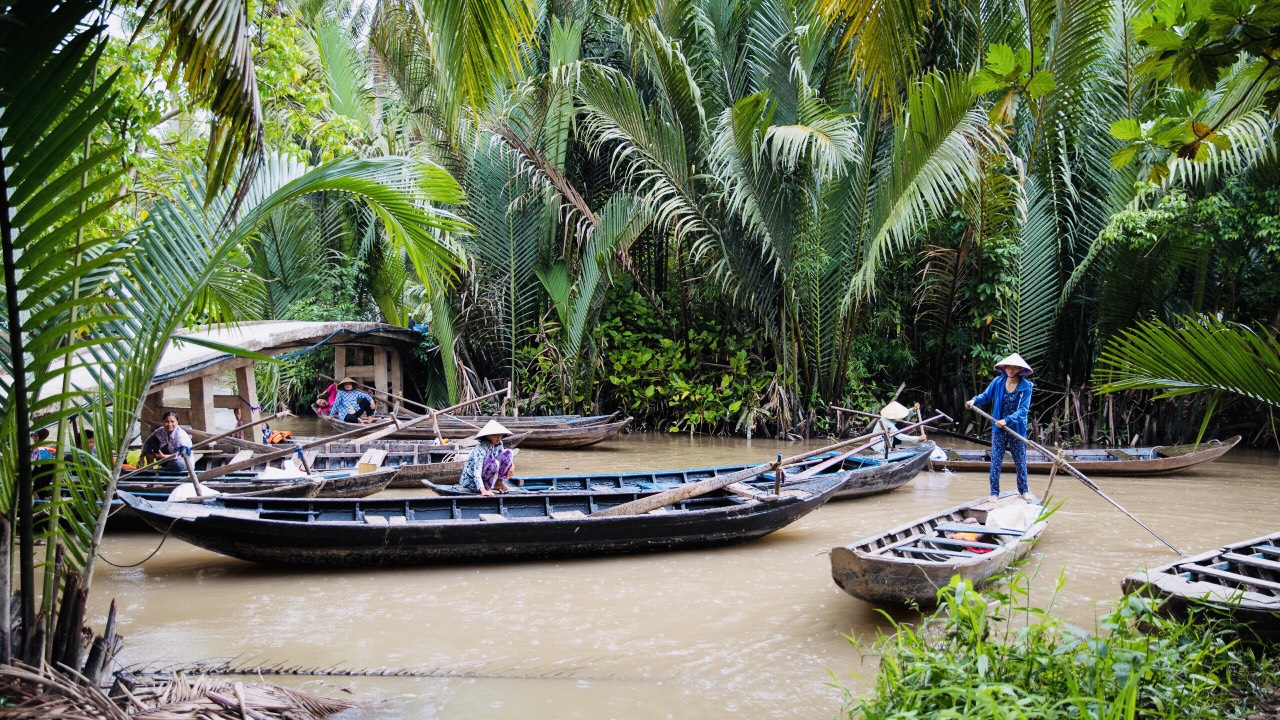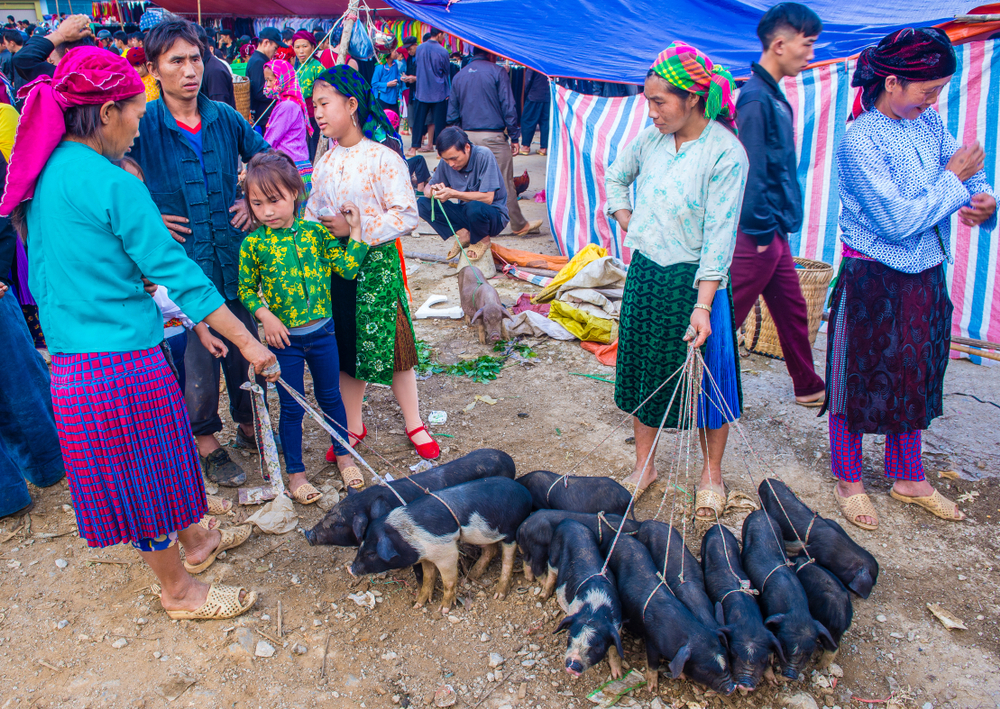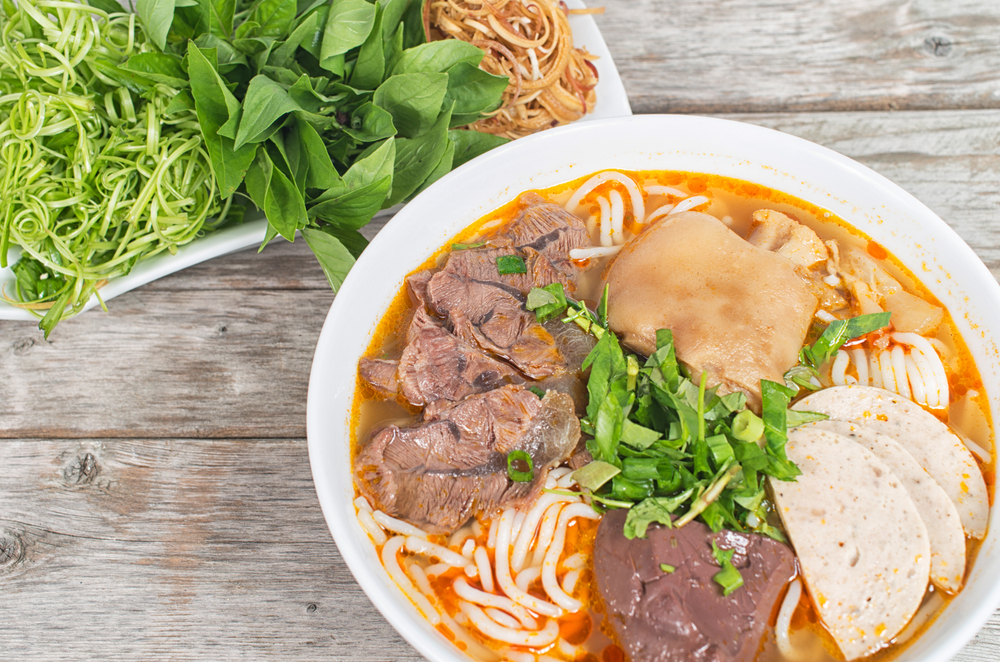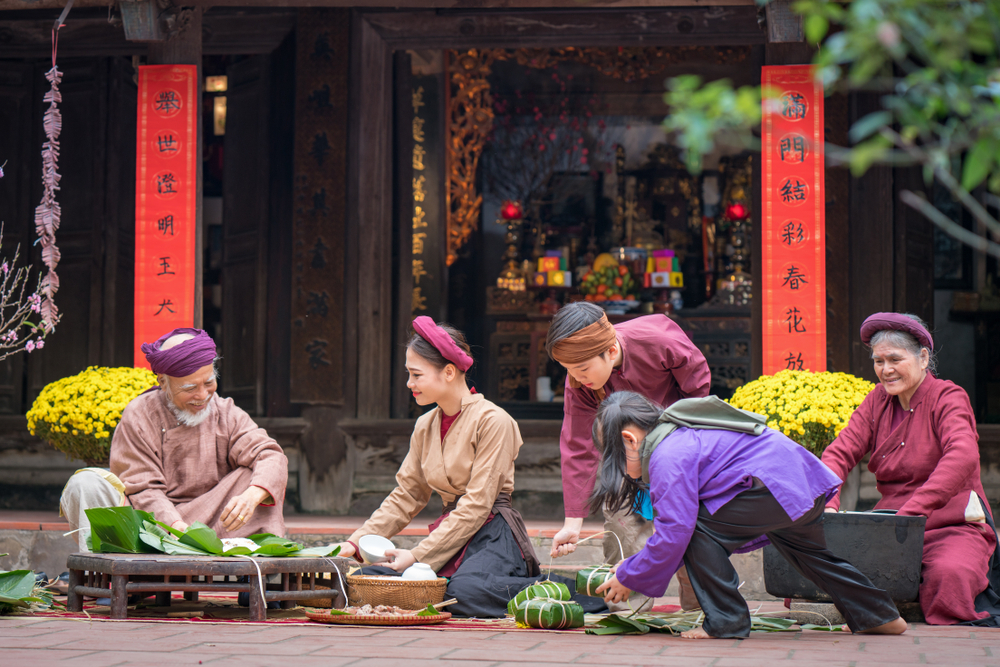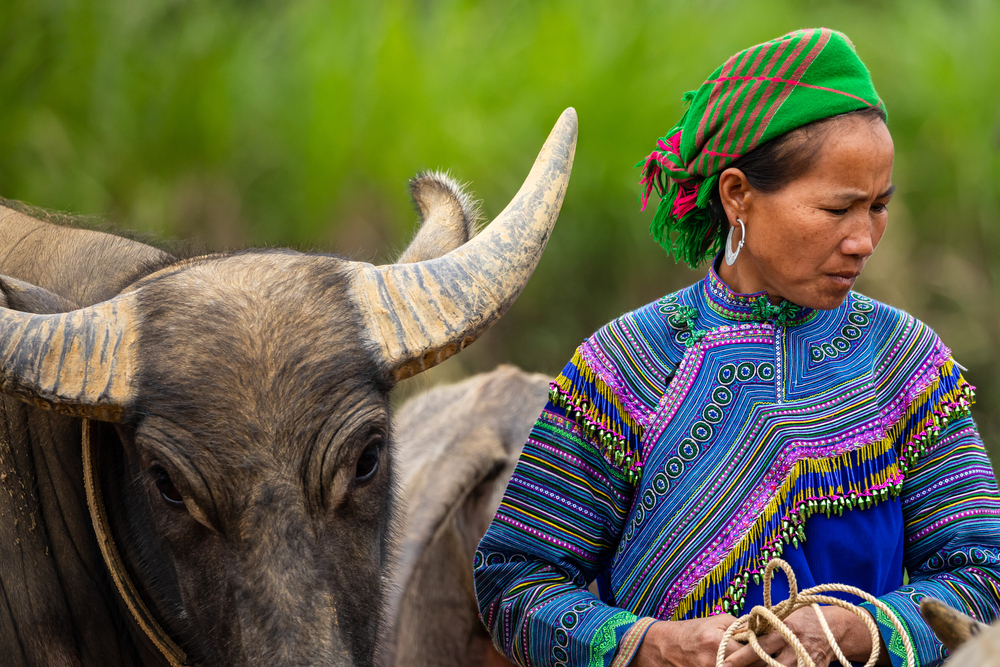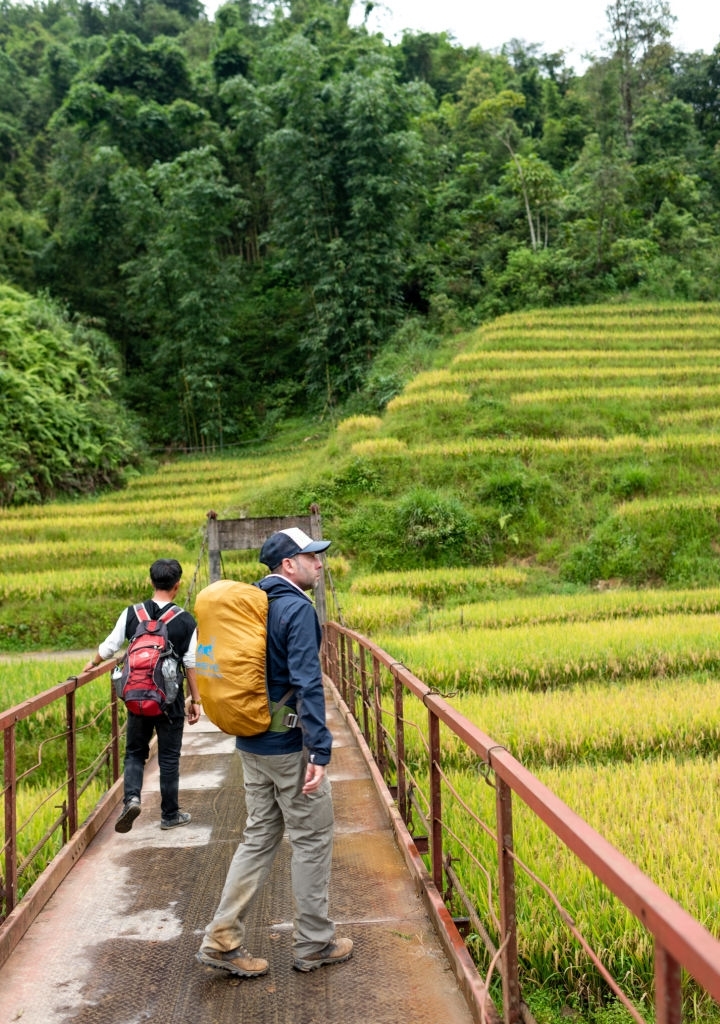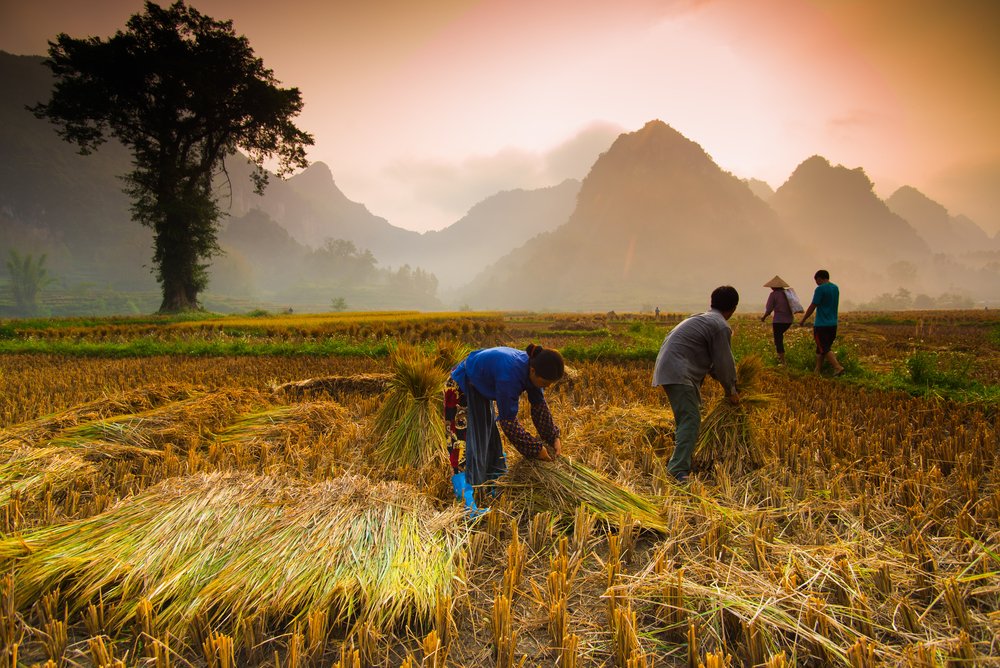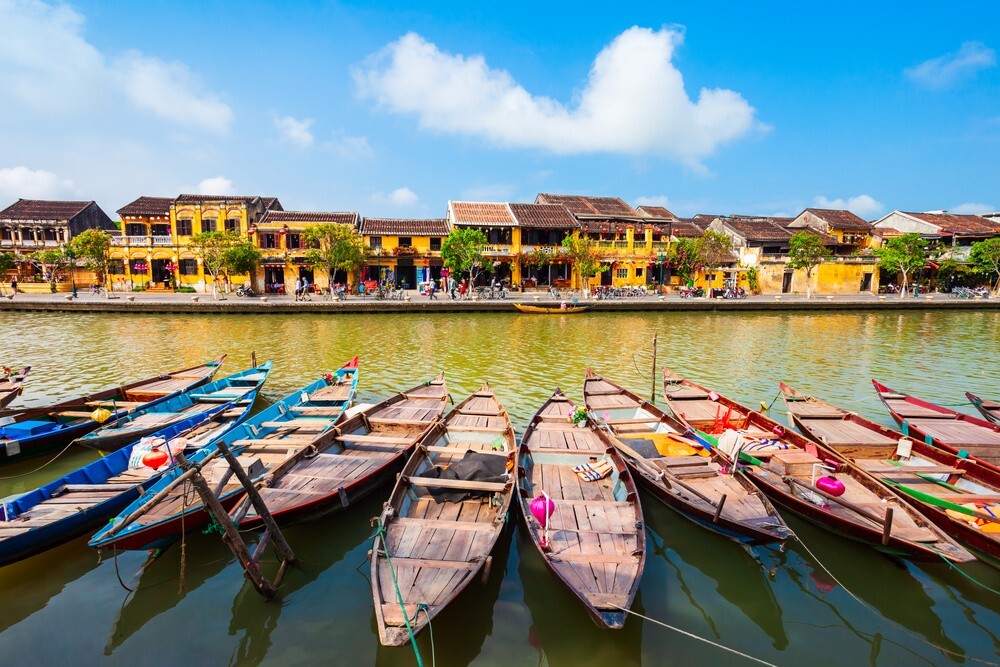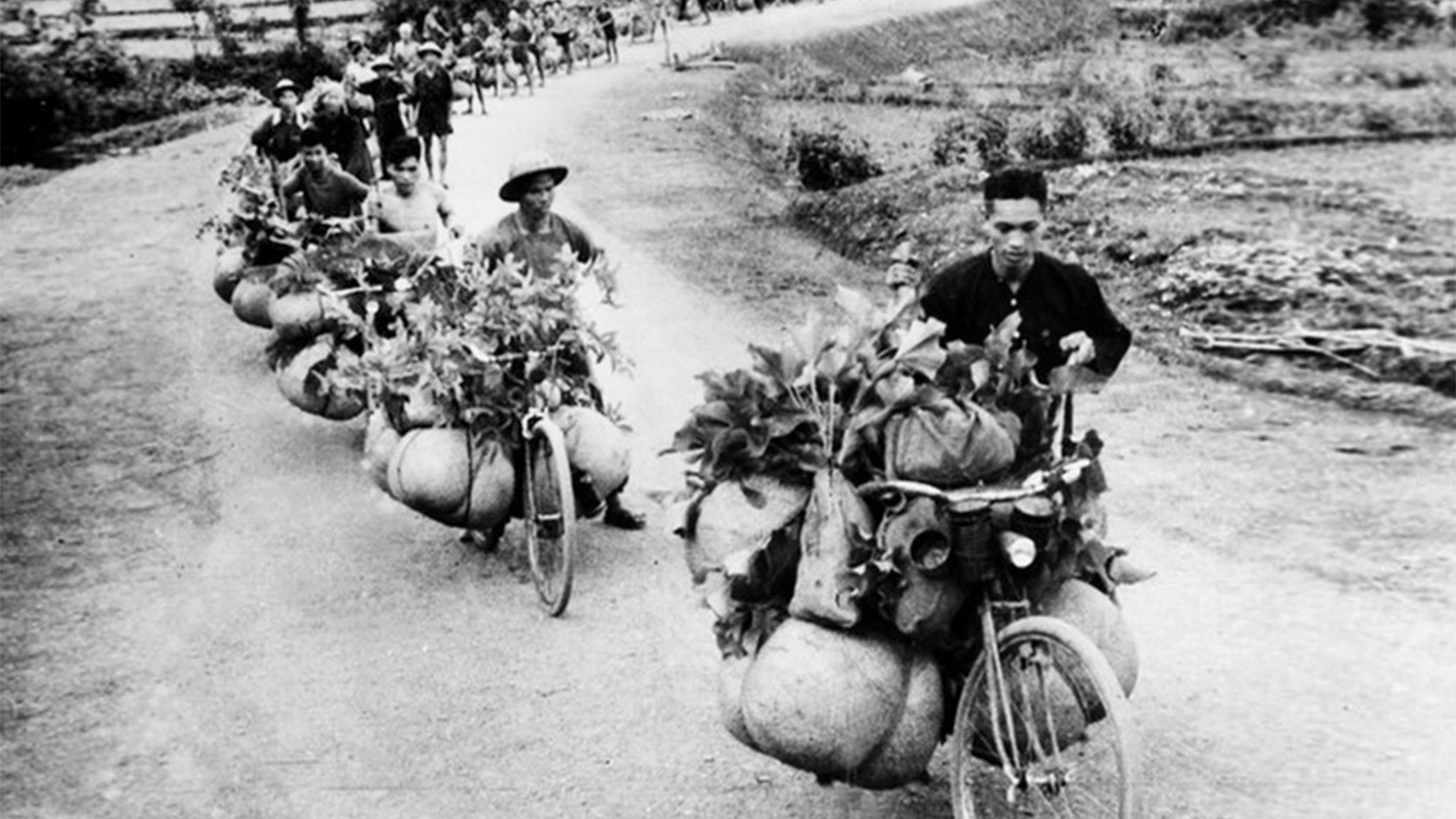
This battle opposed, from November 1953 to May 1954, the forces of the French Union to the Viet Minh. The Vietnamese soldiers were able to win the logistical battle largely because of the supplies provided by 20,000 bicycles.
Here, Vietnamese logistics was based primarily on reinforced bicycles that could carry a load of 250 kg or even more than 300 kg, pushed on foot over mountainous trails. It prefigured the future “Hô Chi Minh trail” which later supplied the fighting in the south during the Vietnam War. Speaking of these bicycles, General Giap declared “they are our cabs of the Marne”.
In 1953, after seven years of the Indochina War, in hopes of finding a way out of the conflict, General Henri Navarre, the French supreme military commander in Indochina, devised a plan to draw General Giap, the Viet Minh commander-in-chief, into a decisive battle.
The location chosen by Navarre was the Dien Bien Phu basin; he was convinced that his opponent did not have sufficient transportation to bring in the food and weapons necessary to win a major confrontation in this isolated mountainous area near the Laotian border.
The Viet Minh rose to the challenge and quickly surrounded the basin with 60,000 fighters, supported by tens of thousands of peasants, ethnic minorities and porters who cut new trails through the jungle to carry supplies to the front with bicycles, “steel horses” as the Vietnamese call them. This simple means of transportation, which few could have imagined, often mocked by opponents using advanced warfare technology, proved to be an effective and indispensable tool during this important battle.
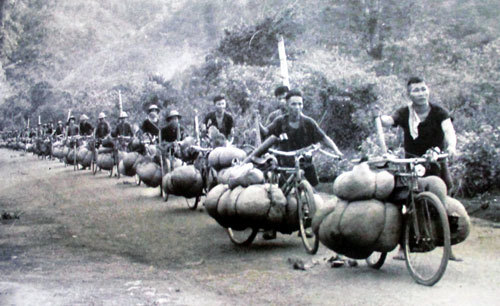
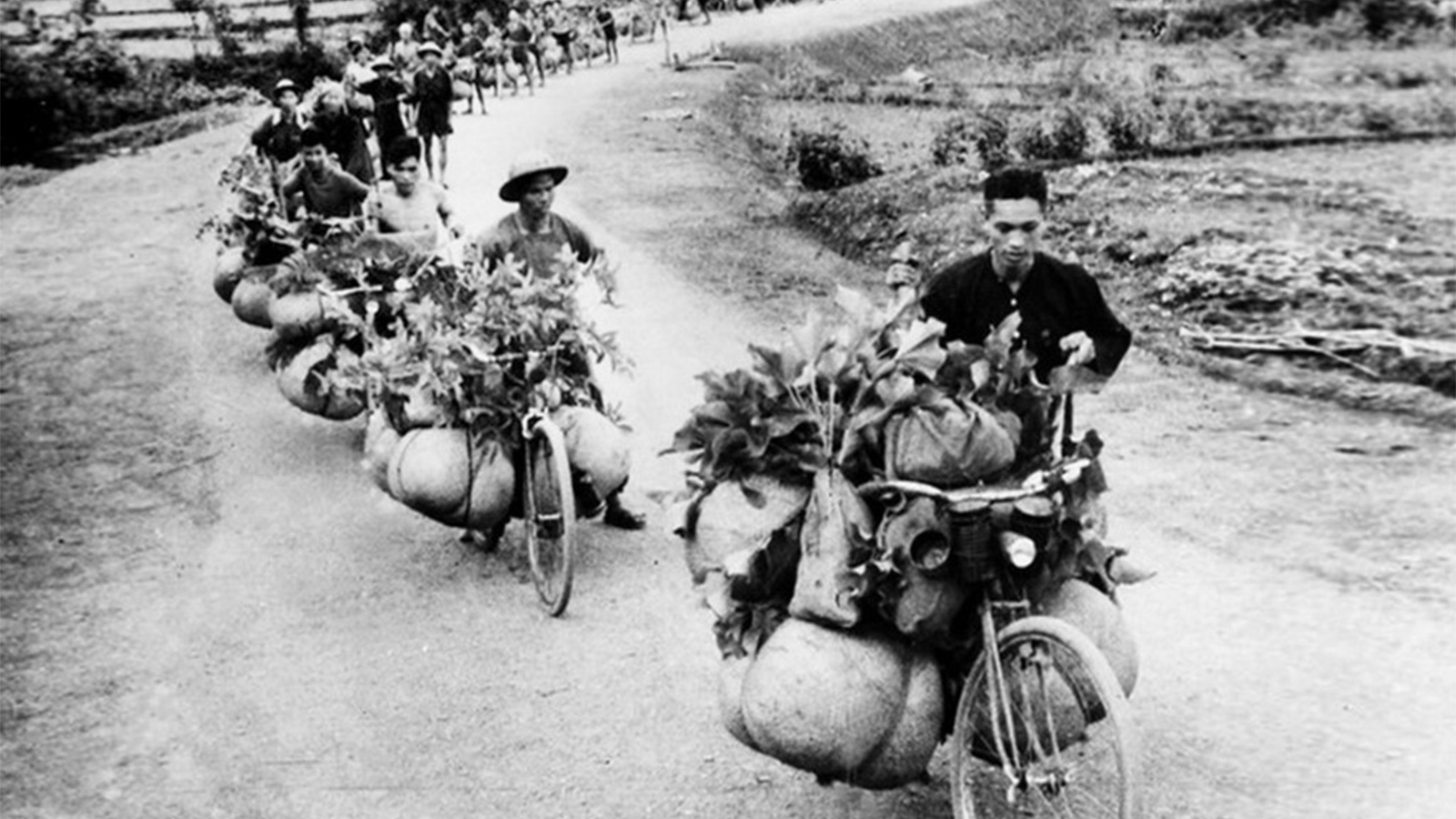
Transporting weapons and supplies by bicycle to the battlefield
Throughout the siege, the Vietnamese Army’s supply lines, maintained by bicycles and other means of transportation, were never seriously cut by bombing, even though the French knew the supply routes and storage areas along the way. They simply do not have enough aircraft to disrupt the day and night flow of supplies from the front by the Viet Minh. The Tonkin forest made it very difficult to accurately target these supply lines.
In their fight against the French – and later the Americans – the Vietnamese used French Peugeot two-wheelers, with Czech Favorit being their next choice.
During this march to Diên Biên Phu, joined by a thousand trucks, the 60,000 Vietnamese porters accomplished a real feat. They were able to bring heavy artillery pieces (anti-aircraft batteries, 120 mm mortars, 105 mm cannons) and all the necessary logistics to the troops on bicycles or on the backs of men, over 500 kilometers of broken roads and paths.
The logistics units, in charge of supplies, travelled hundreds of kilometers to and from the site to bring in foodstuffs. In order to avoid the bombardments, these men and women, for the most part civilians, and therefore unarmed, have to go through the jungle tracks, and live in difficult conditions.
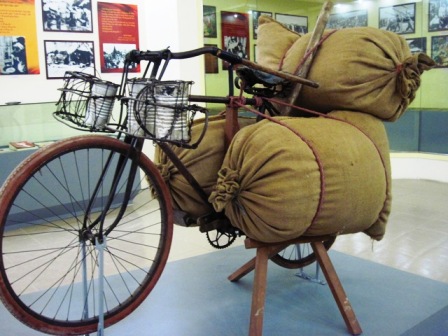
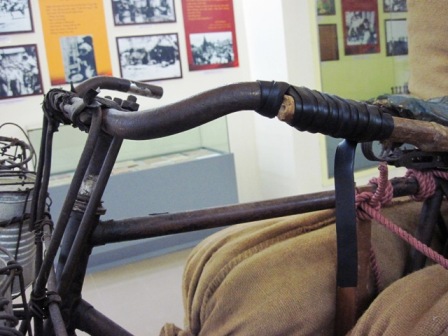
The “steel horses” of Vietnamese civic workers during the battle of Dien Bien Phu
Because of their great carrying capacity, these “Vietnamese horses” were particularly efficient on the country’s narrow roads and trails, and easily modified for different uses. This humble means of transporting weapons, medicine and food for the soldiers was a great help. They can travel over many types of roads and terrain that trucks cannot. Maneuverable and reliable in all conditions, the bicycle also offers the advantage of silence. This is especially true when supplies must be kept secret to avoid detection and attack by the enemy. Other advantages of this vehicle: it does not need fuel, is easy to repair and conceal, and can move forward alone or in groups in all weather conditions.
During the Dien Bien Phu campaign, the citizens used more than 20,000 bicycles, known as the “Bicycle Army”. This army is divided into groups according to the locality, each group has many platoons, each platoon has 30 to 40 vehicles, divided into groups of about 5 vehicles to support each other when crossing passes and steep slopes. Each convoy has a vehicle carrying spare parts needed for repairs along the way.
In order to carry a large load, the entire structure must be modified and reinforced, each part is lined with rebar, wood or bamboo depending on the materials available. A wooden or bamboo stick, attached to the handlebars, is used to hold, steer and control the bike when carrying a heavy load. Another stick is inserted into the seat tube (stem) and is used to push the bike up hills or hold it on slopes. The Vietnamese use old rags, clothes, old tubes to wrap the tires to increase their durability.
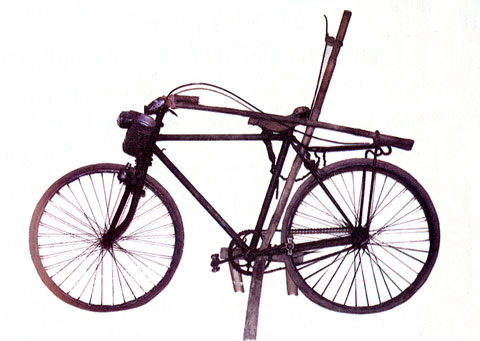
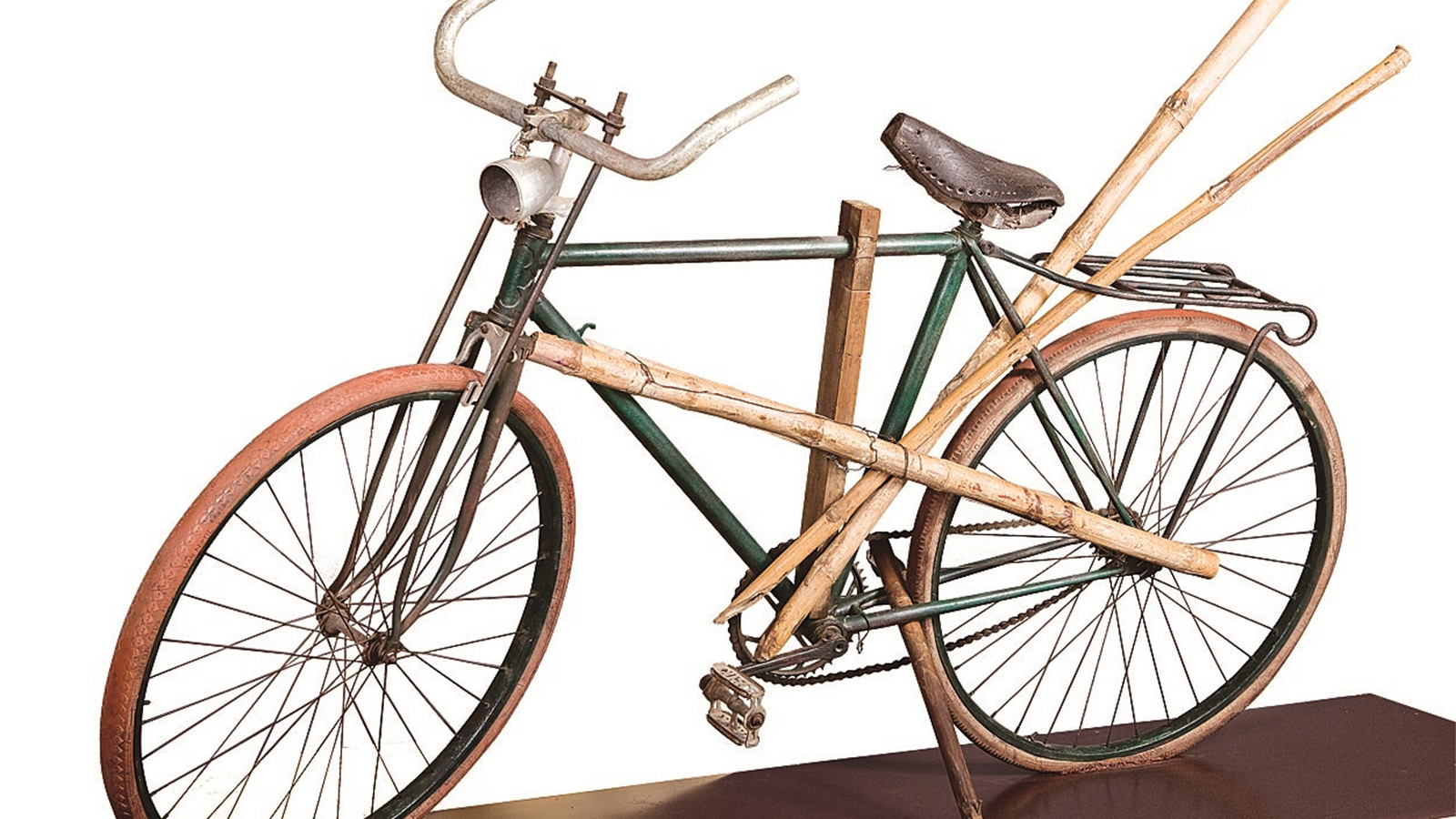
These two-wheelers are reinforced
The load capacity of these modified two-wheelers is up to 270 kg, the average load being about 200 kg, while the portable load on the back of a man is 30-35 kg.
At the beginning, each transport cycle could carry only 80-100 kg, then the load was gradually increased with these modifications and reinforcements. Two twin bikes can carry 2 seriously injured (lying down) or 4 lightly injured (sitting). Bicycles equipped with lights are also used to illuminate the surgeons at night.
The “record” for bicycle transport belongs to the carrier Ma Van Thang, his bicycle carried 352 kg of goods. Mr. Thang transported a total of 3,700 kg of goods over a length of 2,100 km of mountain roads. This bicycle is on display at the Dien Bien Phu Victory Museum.
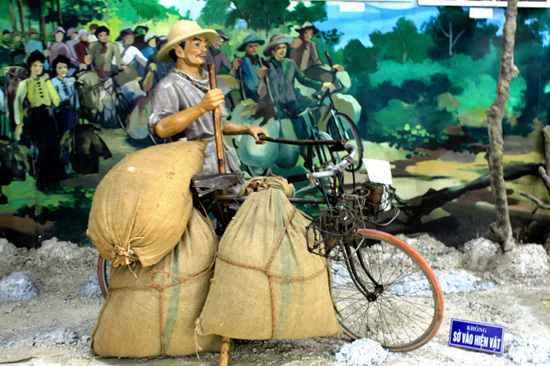
The 2nd “record”, 345kg, belongs to Trinh Ngoc. His bike is exposed in the museum of Thanh Hóa province.
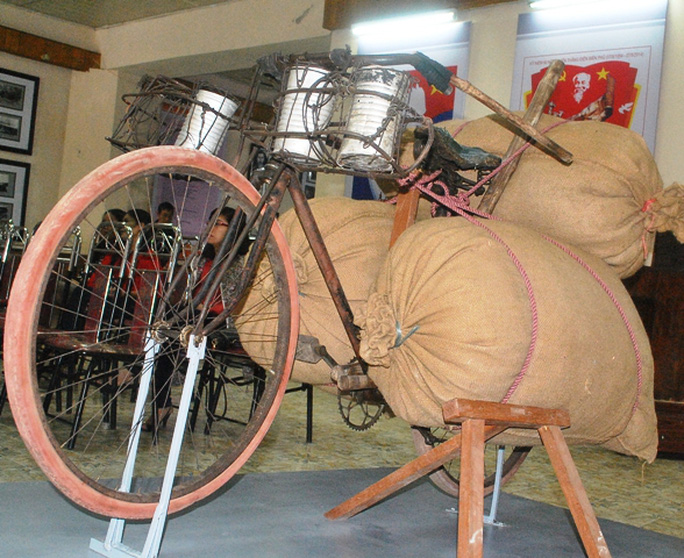
But these records would be broken 10 years later during the Vietnam War against the Americans when another bicycle was able to carry up to 500 kg on the Ho Chi Minh trail.
The famous bicycles from the Saint-Etienne factory, pushed over hundreds of kilometers, were loaded like bullocks. This logistics is one of the reasons for the victory. “To win the war, one must ensure one’s back”. Napoleon, in his time, had already noted this.
The army of bicycles appearing at Dien Bien is a miracle without precedent in the history of warfare, not only in Vietnam but also in the history of world wars.
This ingenious mode of transportation is still used today, especially at the Lao Cai border posts, between China and Vietnam, for the transit of goods.
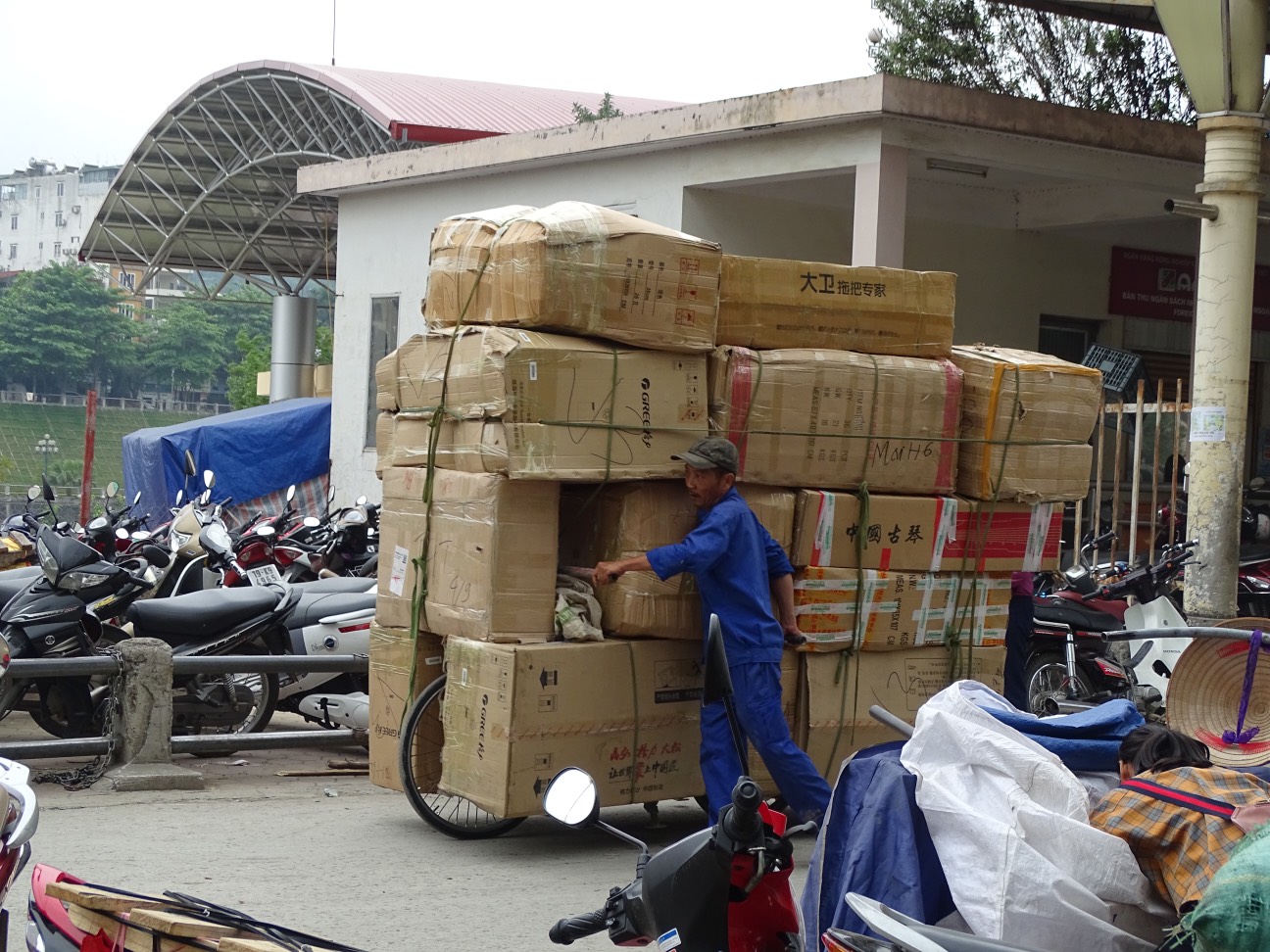
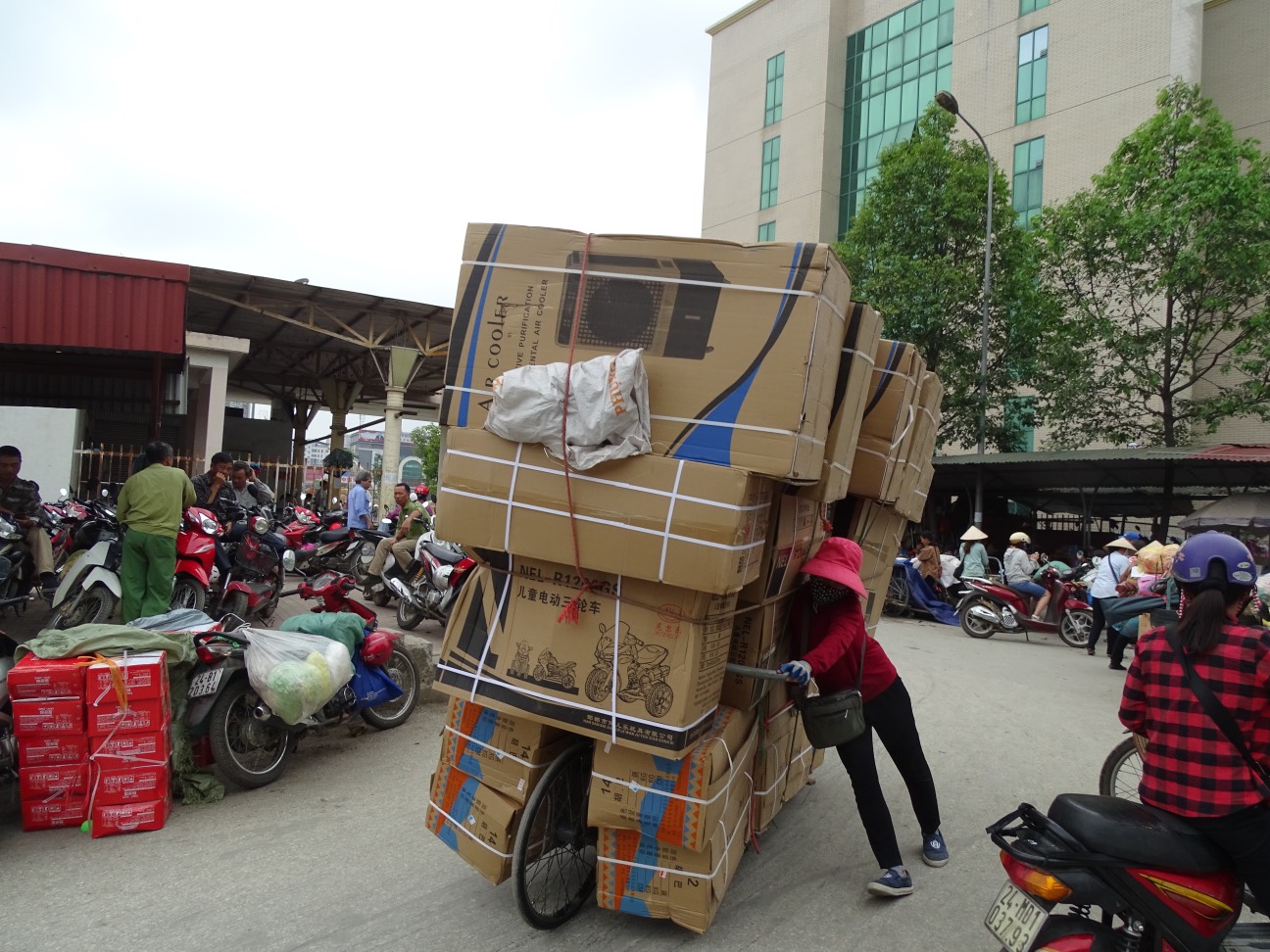
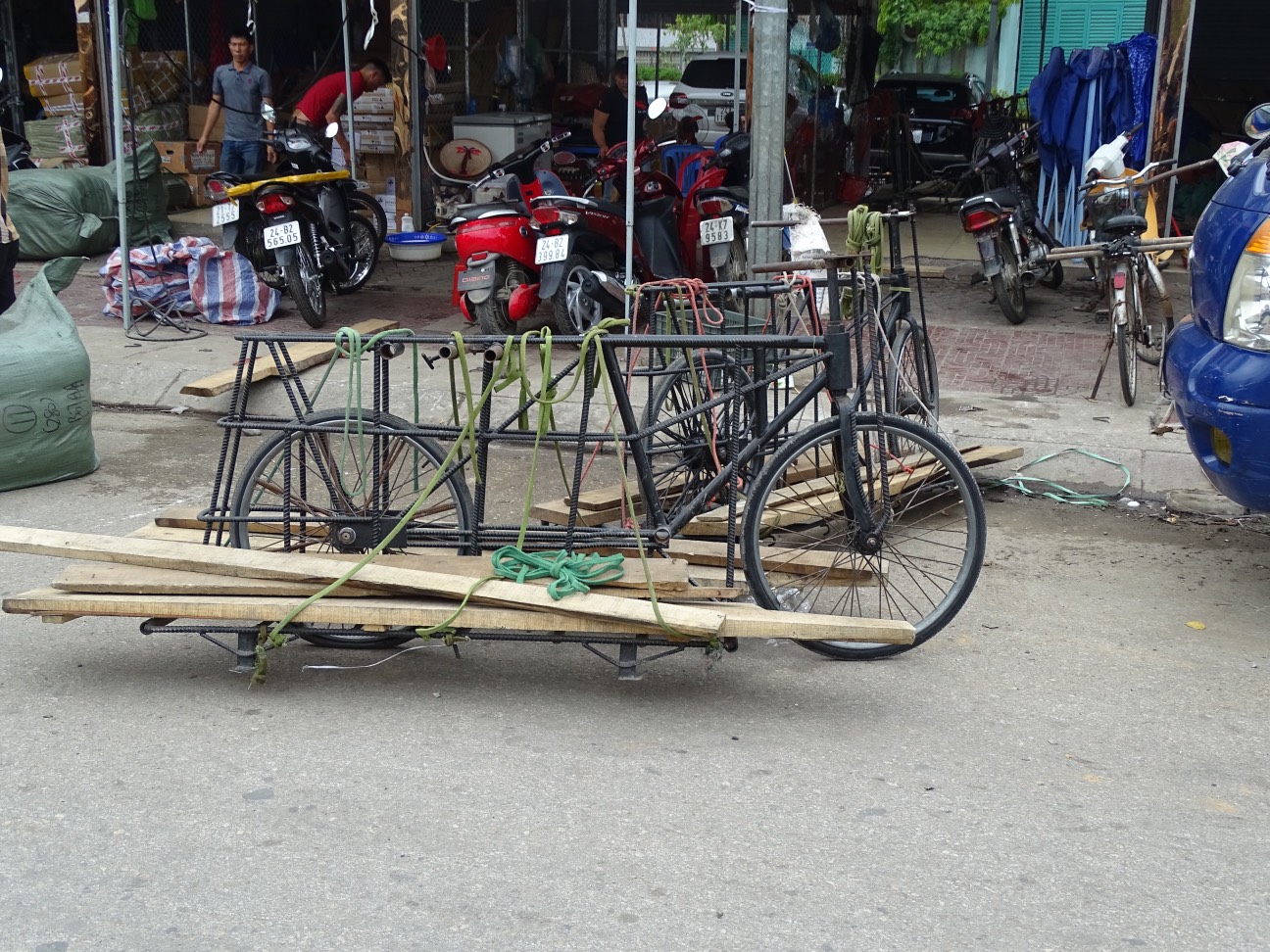
The current bikes in Lao Cai
You might also like:





